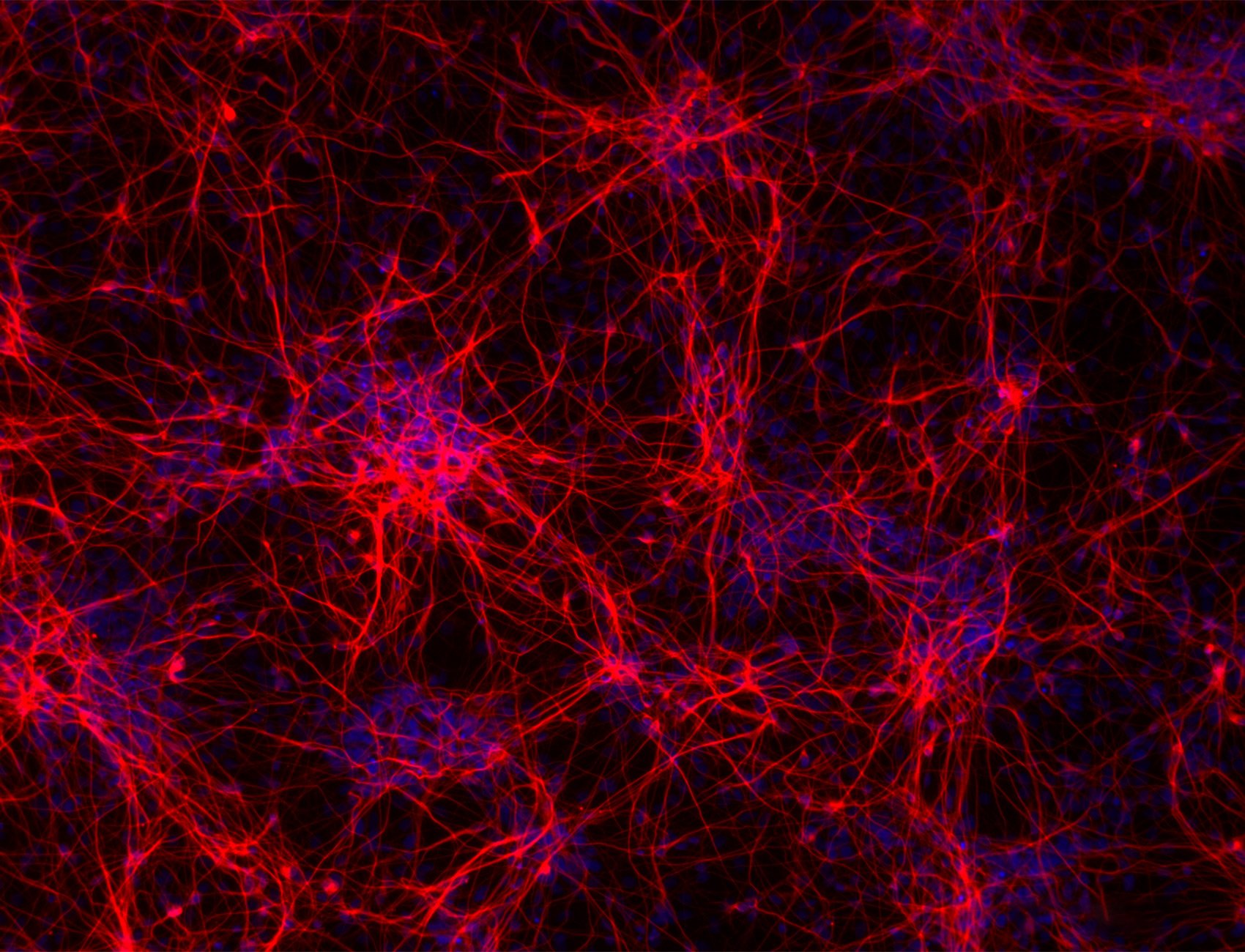Publication
Dynein and dynactin move long-range but are delivered separately to the axon tip
In this paper, Fellows et al. developed a model to study axonal transport. Using opti-ox enabled glutamatergic neurons iPS cell line the authors endogenously tagged dynein motor complex components—including dynein itself, its cofactor dynactin, and regulators LIS1 and NDEL1, and visualised them at near single-molecule resolution using HILO imaging. This approach allowed them to track their transport behaviour along axons extending over 500 µm and gain a better understanding of how the dynein machinery drives long-range transport in the axon.
Read more

In this paper, Fellows et al. developed a model to study axonal transport. Using opti-ox enabled glutamatergic neurons iPS cell line the authors endogenously tagged dynein motor complex components—including dynein itself, its cofactor dynactin, and regulators LIS1 and NDEL1, and visualised them at near single-molecule resolution using HILO imaging. This approach allowed them to track their transport behaviour along axons extending over 500 µm and gain a better understanding of how the dynein machinery drives long-range transport in the axon.
Axonal transport is essential for neuronal survival. This is driven by microtubule motors including dynein, which transports cargo from the axon tip back to the cell body. This function requires its cofactor dynactin and regulators LIS1 and NDEL1. Due to difficulties imaging dynein at a single-molecule level, it is unclear how this motor and its regulators coordinate transport along the length of the axon. Here, we use a neuron-inducible human stem cell line (NGN2-OPTi-OX) to endogenously tag dynein components and visualize them at a near-single molecule regime. In the retrograde direction, we find that dynein and dynactin can move the entire length of the axon (>500 µm). Furthermore, LIS1 and NDEL1 also undergo long-distance movement, despite being mainly implicated with the initiation of dynein transport. Intriguingly, in the anterograde direction, dynein/LIS1 moves faster than dynactin/NDEL1, consistent with transport on different cargos. Therefore, neurons ensure efficient transport by holding dynein/dynactin on cargos over long distances but keeping them separate until required.
Read more
Fellows, et al
Journal of Cell Biology
2024
Featuring opti-ox enabled glutamatergic neurons iPS cell line